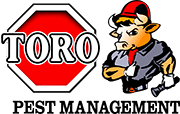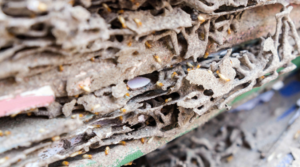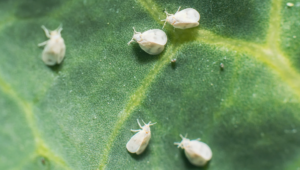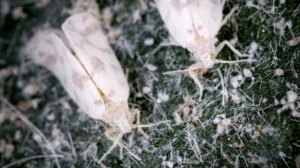Many killer diseases such as malaria, dengue, Zika, babesiosis, Lyme disease and chikungunya, etc. are transmitted by pests such as mosquitoes and ticks. These are called Vector Pests. The insects or other organisms that transmit diseases among humans are called Vectors.
Ticks, mosquitoes and fleas are examples of Vectors. In most of the cases the Vectors are pests. The pests like mosquitoes, fleas and ticks that fall under the category of Vectors are called Vector Pests. The vectors are intermediary hosts of parasites and they carry the parasites and transfer them to another host which can be either a human or an animal.
Mosquitoes and ticks are the best examples for Vector Pests since mosquito transfers malaria and ticks transmit Lyme Disease. The other major Vector Pests are flies, sandflies, bugs and snails. Ticks, mosquitoes and fleas are blood-sucking anthropods that transmit diseases to humans and animals. Diseases such as malaria, dengue, Lyme Disease and West Nile Virus are known as vector-borne diseases.
Coronavirus is not vector-borne since it is not transmitted by mosquitoes or any other vector pests. Mosquitoes and ticks are considered as the leading vector pests. Mosquitoes spread malaria, Zika virus, Dengue, WNV (West Nile Virus), EEE (Eastern Equine Encephalitis), chikungunya and more. In the US, ticks are responsible for transmission of various diseases such as anaplasmosis, ehrlichiosis, babesiosis, Lyme Disease and Rocky Mountain spotted fever.
Integrated Pest Management
Vector Pests such as mosquitoes and ticks transmit infectious diseases either among humans or from animal to human. Mosquitoes and ticks are the most common vectors that affect human in large scale.
The organisms that do not spread diseases but cause nuisance to people such as ants and termites are called Public Health pests. IPM (Integrated Pest Management) activities by the health professionals and environment protection agencies are aimed to enable the people, institutions, establishments and communities to eliminate or reduce vector pests as well as public health pests.
IPM is an environment-friendly as well as common sense initiative for pest control by way of not attracting the pests, keeping the pests away and eliminating or reducing the pests by safe as well as effective methods.
Cockroaches, Flies, Fleas and Sandflies
The other common vector pests include cockroaches, flies, fleas and sandflies.
German Cockroach, American Cockroach and Oriental Cockroach are the three main types of cockroaches. Cockroaches are responsible for spreading of various pathogenic bacteria such as E.coli, Campylobacter, Salmonella and Staphylococcus.
Cockroaches also spread various viruses, parasitic worms, fungi and protozans. Cockroaches also produce asthma-causing particles. Cockroaches are among the highly harmful vector pests of homes and other buildings.
The different types of flies include house flies, rain flies, black flies and flesh flies. Flies are carriers of more than 100 types of pathogenic bacteria, parasites and viruses. Food and contaminated surfaces attract flies. Flies also feed on dead animals, faeces and drains.
There are more than 2200 types of fleas and their hosts are specific animals. Fleas come into contact with humans through animals like rats, cats, dogs, rabbits, foxes and birds. Rodent flea is the most prominent pest flea and it will spread diseases.









